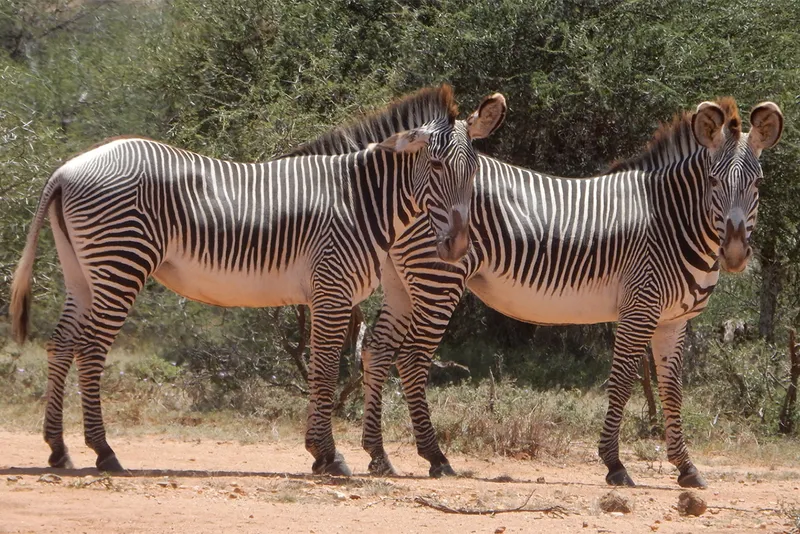Key Takeaways:
- Prevailing beliefs about male dominance in mammalian size are being challenged by recent research, which reveals significant variation across species.
- Biases in scientific literature have historically overlooked the evolutionary significance of larger females, perpetuating misconceptions about sexual selection.
- Meticulous analysis of mass data across mammalian species indicates a more nuanced understanding of sexual size dimorphism, with nearly half of bat species showcasing heavier females.
- This critical reassessment prompts biologists to explore new questions about size differentials and evolutionary forces driving sexual dimorphism.
- By challenging entrenched biases, researchers pave the way for a clearer understanding of the complexities of natural selection and sexual dimorphism in mammals
Biologists have traditionally upheld the notion that the stature of female mammals generally falls short of their male counterparts. However, recent findings cast doubt on this prevailing belief.
The longstanding assumption, dating back to Darwin, asserts that male mammals typically surpass females in size, presumably to enhance their prospects in attracting selective mates.
Nevertheless, emerging data challenges this entrenched belief. According to a study published in Nature Communications on March 12, researchers reveal that in slightly over fifty percent of around 400 mammalian species, females either match or exceed males in size. The perpetuation of the male dominance narrative, scientists argue, stems from biases entrenched within scientific literature for over a century, impeding a comprehensive understanding of sexual selection mechanisms.
Kaia Tombak, an evolutionary biologist at Purdue University, highlights the absence of substantial evidence supporting this conventional wisdom. She asserts that the assumption has persisted without adequate empirical substantiation.
For decades, biologists have observed variations in size between male and female members of the same species, a phenomenon known as sexual size dimorphism. To elucidate these variances, researchers frequently scrutinize prominent mammalian species such as lions or gorillas, where males typically boast larger proportions. Tombak notes that this conventional understanding has been further reinforced by analyses neglecting size discrepancies within species, rendering accurate dimorphism assessment challenging.
To address this lacuna, Tombak and her team conducted a meticulous analysis of mass data across 429 mammalian species. Their findings reveal that forty-five percent exhibit heavier males on average, while sixteen percent feature heavier females. Conversely, thirty-nine percent exhibit no discernible differences. Similar trends emerge from the analysis of animal length data. Although well-studied taxa like carnivores, primates, and ungulates skew towards larger males, nearly half of bat species showcase heavier females. Additionally, around half of rodent species exhibit comparable weights between males and females.
While the study encompasses a mere five percent of all mammalian species, Tombak suggests that broader research might alter these figures. Nonetheless, given the team’s comprehensive coverage of the mammalian evolutionary spectrum, she maintains confidence in the accuracy of their overarching conclusions.
Prior research has highlighted the prevalence of larger females, yet evolutionary biologist Malin Ah-King of Stockholm University contends that such research has disproportionately focused on males, neglecting the equivalent evolutionary significance of females. This oversight, she argues, has perpetuated the notion of male superiority in competing for access to ostensibly passive female counterparts.
Echoing similar sentiments, evolutionary biologist Catherine Sheard emphasizes the methodical rigor of the study. She underscores that unquestioned assumptions, ingrained since the early stages of undergraduate biology education, have constrained scientific inquiry.
Challenging these entrenched biases, Sheard asserts, enables biologists to explore novel avenues of inquiry, such as understanding why females predominate in size in certain species or discerning the forces maintaining size parity in others. This critical reassessment, she concludes, facilitates a more nuanced comprehension of natural phenomena.


